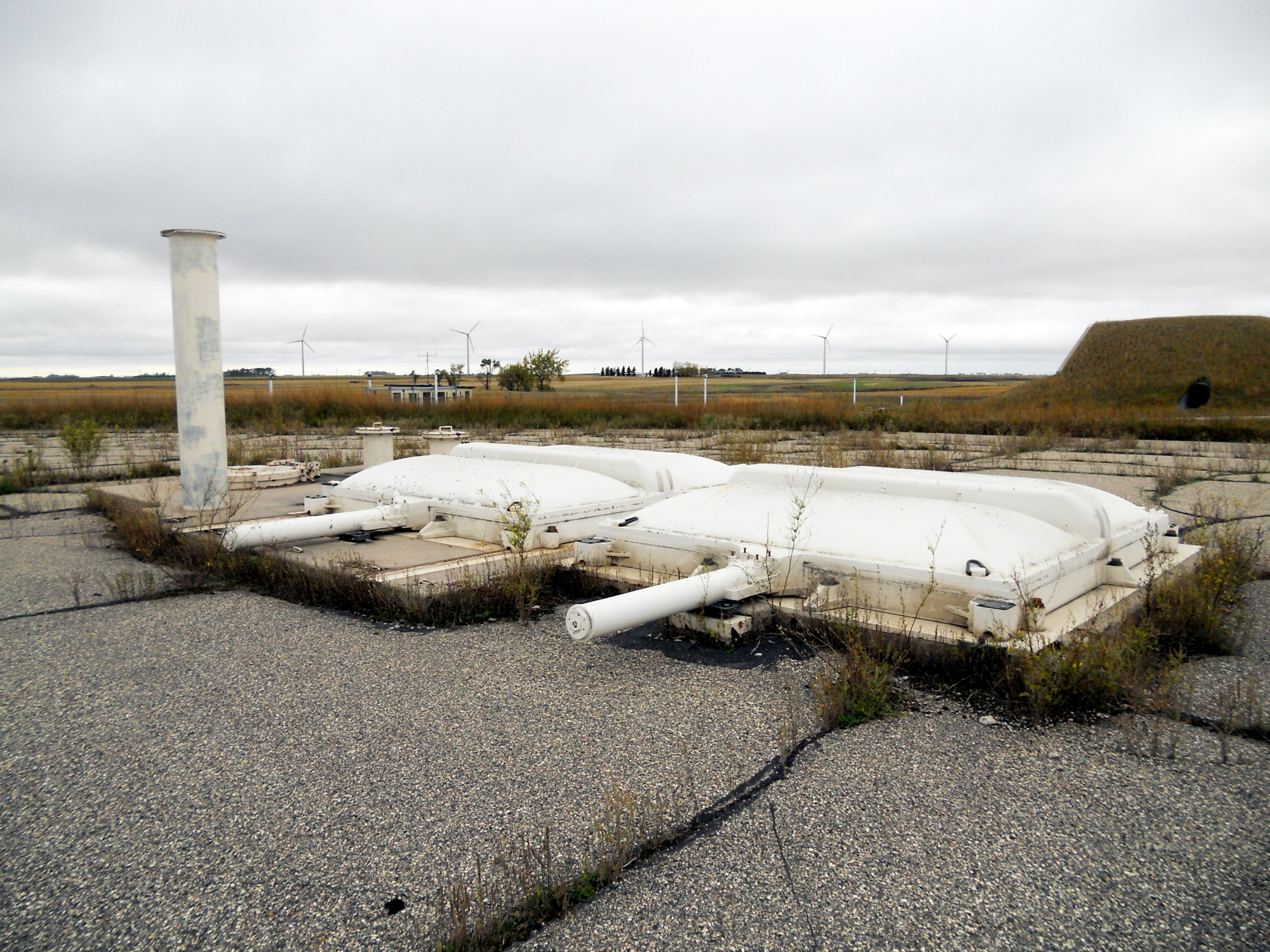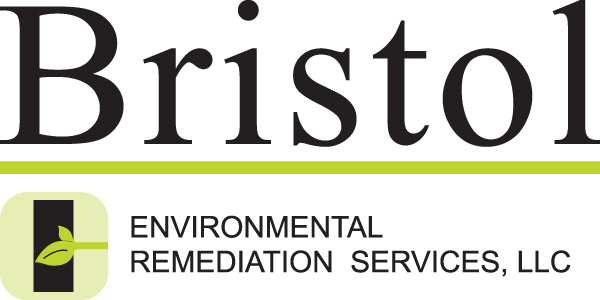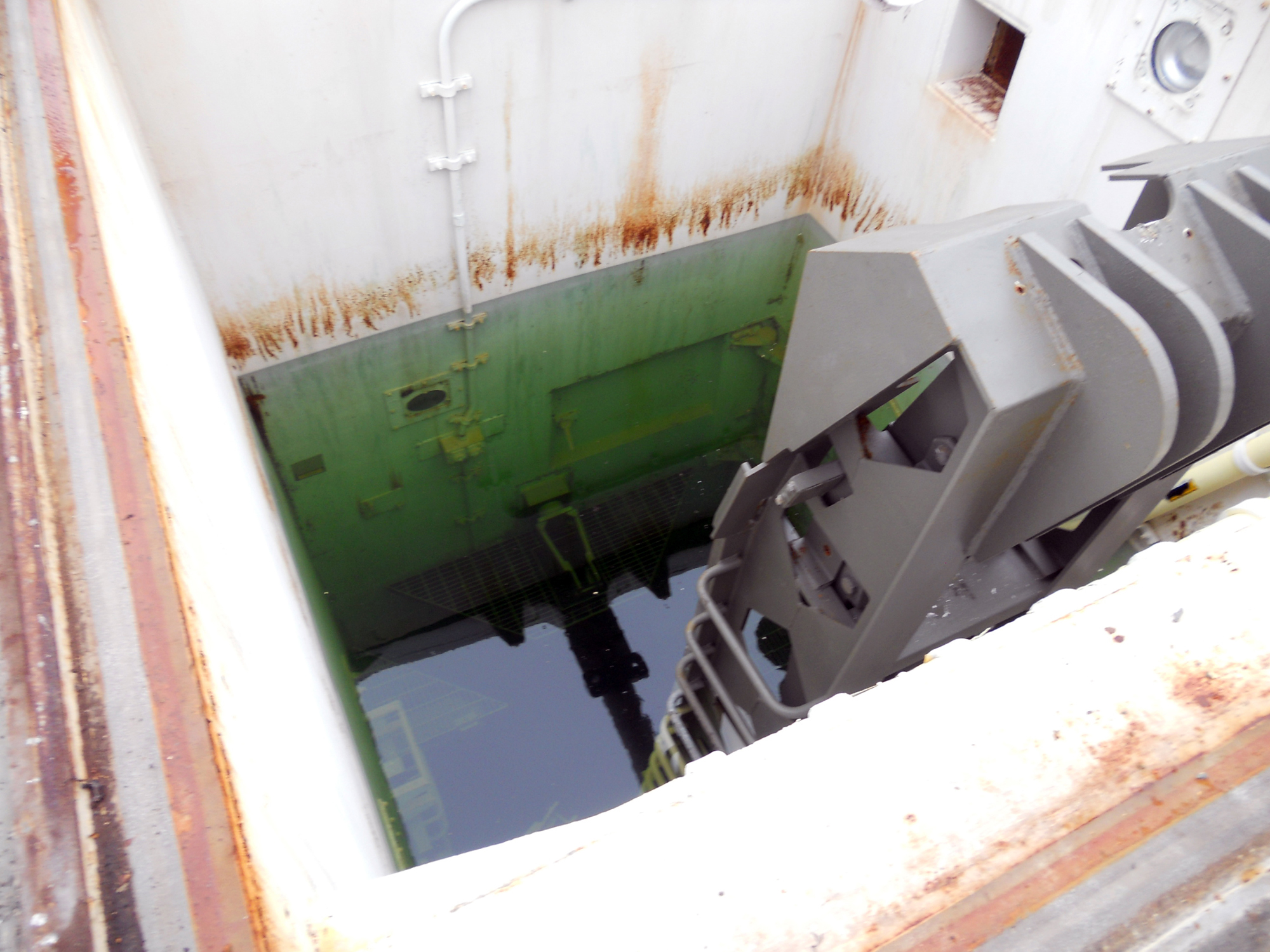O&M (dewater & backfill), Former Spartan Tactical Launch Stations

Description
Through a joint venture, Bristol was awarded this task order (TO) by US Army Corps of Engineers (USACE) Omaha District under the Rapid V term contract to open, dewater, backfill, re-cover, and reseal 30 Spartan Tactical Launch Stations (TLSs) at the Stanley R. Mickelsen Safeguard Complex in Nekoma, North Dakota, with new rubber seals and welded bead. The previously analyzed water from the TLSs indicated that some of the TLS structures contained varying concentrations of cadmium and chromium exceeding Resource Conservation and Recovery Act (RCRA) regulatory levels. A Notice of Violation (NOV) was issued to the government by the North Dakota Department of Health (ND DOH), requiring the activities covered in this TO to be performed. Prior to mobilization, Bristol conducted five site visits to confirm scope and existing site conditions, collect water samples, meet with project stakeholders, and plan for project execution.
Initial activities commenced in July 2015, and involved site preparation; including utility locates and installation of a new access gate, access roads, staging areas, and erosion control measures. Services required opening the protective covers on the launch chamber and the exhaust duct as well as the personnel access hatch on the mechanical and electrical equipment vault (MEEV). Bristol then removed the water in the Spartan TLS structures and treated the water on site. Dewatering was accomplished with hydraulic pumps and suction hoses, which were lowered into the exhaust duct of the TLS. As the dewatering of the TLS structures progressed, Bristol conducted confined space entry (CSE) into the MEEVs and launch preparation equipment vaults (LPEVs) of each TLS following strict CSE safety procedures; including air monitoring, donning of harnesses and retrieval devices, and use of a dedicated entry attendant. During the CSE, Bristol personnel sealed off potential entry points for future water infiltration and secured the manways into the LPEV open to allow for future backfill with flowable fill.
The water treatment system used 10-micron bag filters, two anion media collection vessels and two special media (proprietary) vessels. Due to a concern for potential presence of polychlorinated biphenyls (PCBs), water removed from the auxiliary vaults was segregated and containerized in frac tanks and conveyed through the system for metals removal as well as additional clay and carbon treatment vessels designed to remove PCBs. The treated water was containerized on site in an 18,000-barrel capacity Lake Tank and sampled. Following receipt of the analytical results indicating that the treated water was below RCRA regulatory levels, and the acceptance criteria of the Grand Forks Publicly Owned Treatment Works (POTW), a total of 473,760 gallons of water was transported off site for disposal as clean.
Bristol backfilled the TLSs with sand to within one-foot of the launch chamber surface and the exhaust duct, attaching a 1-foot-thick cap of structural concrete with rebar to the interior walls of the launch chamber and the exhaust duct; re-covering and resealing the Spartan TLSs. All hazardous materials were removed from the site and disposed of in accordance with applicable federal, state, and local regulations. Bristol prepared all required waste profiles, bills of lading, and hazardous waste manifests in accordance with applicable regulations.
O&M (dewater & backfill), Former Spartan Tactical Launch Stations
Client: USACE
Location: North Dakota
contract amount: $2,200,000
Award Date: September 2014
completed date: May 2017

Highlights
- Rapid deployment – on site within 30 days of Initial Award
- Innovative technology – on site treatment of contaminated water resulted in a cost avoidance of approximately $1.7M versus offsite disposal as hazardous waste
- 473,760 gallons of water transported off site for disposal as clean
- 11,792 cubic yards of sand were used to backfill the launch and exhaust chambers of the Spartan TLS, with 120 cubic yards (cy) of concrete used for the caps.
- Completed the project ahead of schedule and under budget
- Regulatory Site Closure – Received no further action from the ND DOH with the NOV waived
- Completed the project with zero incidents
Highlights
- Rapid deployment – on site within 30 days of Initial Award
- Innovative technology – on site treatment of contaminated water resulted in a cost avoidance of approximately $1.7M versus offsite disposal as hazardous waste
- 473,760 gallons of water transported off site for disposal as clean
- 11,792 cubic yards of sand were used to backfill the launch and exhaust chambers of the Spartan TLS, with 120 cubic yards (cy) of concrete used for the caps.
- Completed the project ahead of schedule and under budget
- Regulatory Site Closure – Received no further action from the ND DOH with the NOV waived
- Completed the project with zero incidents

